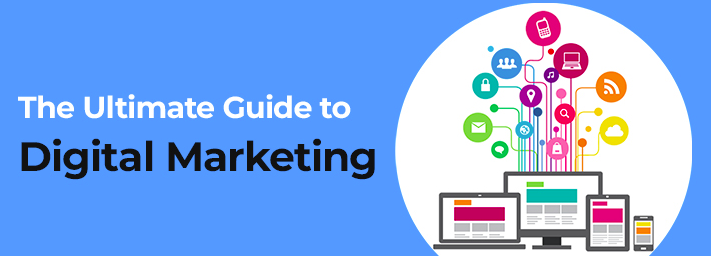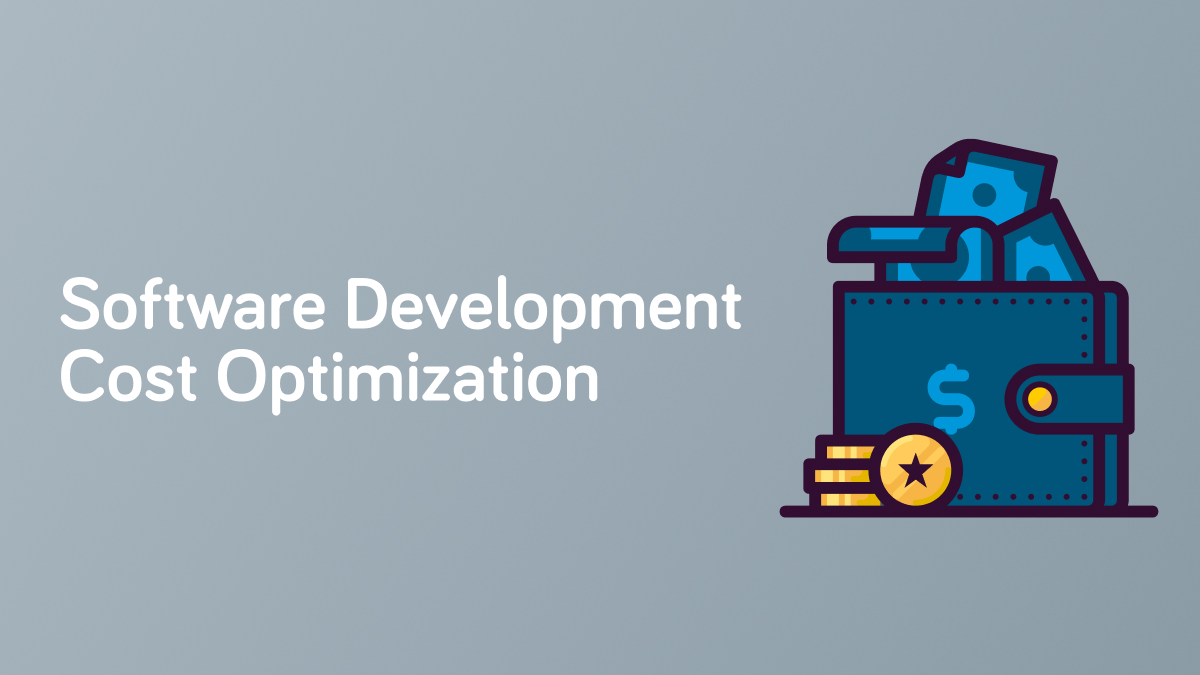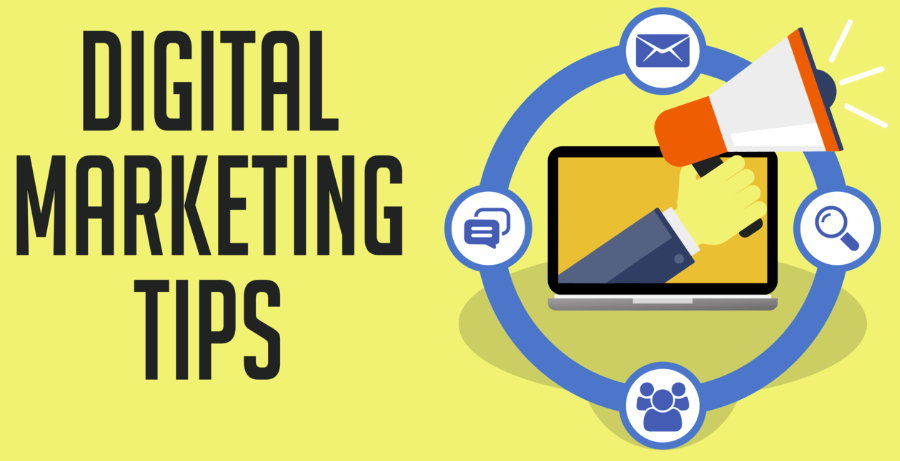What is Digital Marketing
Digital marketing involves using digital channels, platforms, and technology to advertise products, services or brands to consumers or businesses. Digital marketing exploits the internet and digital devices in order to reach out target audiences, interact with them and make specific actions like visiting a website, generating leads or converting sales. By deploying data analytics, targeting capabilities plus automation tools , the digital marketer will run campaigns that are not only personalized but powerful. These will produce outcomes whose impact can be measured thereby leading to business growth within an evermore digitized world due to use of data analysis tools such as google analytics.
Types of Digital Marketing
1. Search Engine Optimization (SEO):
– SEO is the process of making your website and its content more visible on SERPs or search engine results pages that includes keyword research, on page optimization, technical SEO and link building. It will increase a business’s visibility to potential customers as well as driving towards it organic traffic by ranking higher in SERP.
2. Content Marketing:
– In other words, content marketing involves developing valuable content that attracts audiences with similar interests while engaging them until they become regular readers who take customer action. For example, blogs posts can be written on any subject matter; articles can be submitted to online publishers such as article directories (ezinearticles.com). Videos can be posted through YouTube channel or embedded within websites where they are supposed to be shared publicly either way it is a game of interaction – you educate them at one end and sell your brand in another.
3. Social Media Marketing:
– Facebook , LinkedIn , Twitter , Instagram among others are some of the social media platforms through which marketers reach out their audiences build relationships and market their goods or services. This may include companies’ organic social media posts . These include paid advertising activities including display ads on social media sites . Partnerships between influencers around an industry may also drive traffic to businesses selling products via internet . Additionally local community engagement exercises provide a way for people who want better lives but cannot afford traditional lifestyles such as owning homes outright right now due primarily from high cost housing markets across country would not have been possible without those “Facebooks” even existed there today because they have changed everything we know about advertising world into complete unknown territory only remembered by few who experienced firsthand what it was like before Zuckerberg invented this platform we use everyday now almost everyone else does these days too!
4. Pay-Per-Click (PPC) Advertising:
– PPC advertising basically means running ads on search engines or other online platforms where whenever a user clicks on one of these ads then you pay based on this . Most common PPC channels are Google Ads which deal with display ads as well as search ads which were previously known as AdWords; there are also other platforms such as the social media adverts for instance Facebook and LinkedIn. The reason why businesses prefer PPC is because it allows them to reach a highly targeted audience while having complete control over budget and targeting parameters.
5. Email Marketing:
– Newsletter marketing is when you send specific messages, which may include promotional offers, product updates, newsletters or event invitations among others to a list of subscribers via email.
6. Influencer Marketing:
– It involves partnering with influential people or organizations within your target market who have a large following in the online community. Through sponsored posts, product reviews, endorsements among other collaborations; these influencers can help promote your products or services. This type of digital advertising enables companies to expand their consumer base , gain trust and encourage purchase decisions.
7. Affiliate Marketing:
– This can be defined as an internet-based marketing method that business owners use in order to promote their products through various websites through affiliates who are rewarded a certain amount of commission whenever they make a sale that is connected to their website by means of referral links. Such affiliations could be bloggers, influencers , creators of content etc . Affiliate marketing can be cost-effective since it expands merchants’ reach at the same time increasing sales through endorsements made by third parties.
8. Video Marketing:
– It is about creating videos that connect with and teach your viewers such as product demonstrations, tutorials , testimonials , behind the scenes footage , brand storytelling etc . Videos can be published across multiple platforms like social media sites , online applications , YouTube amongst others and video ad networks.
9. Mobile Marketing:
– Reaching out and engaging users on mobile devices such as smartphones and tablets is referred to as mobile marketing . This may involve usage of mobile-compatible websites, SMS marketing strategies push notifications features enabled apps for marketers among other location-based targeting techniques.
Benefits of Digital Marketing in 2024
In today’s digital landscape businesses can effectively reach their target audience, drive engagement and achieve their marketing objectives by integrating a blend of these digital marketing strategies into their general marketing plan. Some benefits of digital marketing are:
1. Better Targeting Capabilities:
One of the most significant benefits of digital marketing in 2024 is its unmatched ability to target specific audiences like never before. Marketers can now hit their perfect demographic with accuracy thanks to sophisticated algorithms and data analytics. Age, location, interests or online behaviour are all possible targeting options on different digital platforms that will help your message reach those you want at the time when they need it most. By doing this, marketers maximize effectiveness and minimize wastage hence improving return on investments (ROI).
2. Affordability:
Digital marketing offers cost effective solutions compared to traditional advertising methods for businesses who want to make the best out of their marketing budgets. For example, pay-per-click (PPC) advertising only requires businesses to pay when someone clicks on their ads ensuring that every cent spent is directed towards engaged prospects. Similarly, the scalability seen in benefits of digital marketing allows firms to change their budgets along with real-time performance metrics so as get optimal benefits.
3. Worldwide Presence:
In a growingly connected world, this form of promotion goes beyond borders thereby enabling companies worldwide spread messages conveniently through it thus reaching out globally easily. Companies therefore engage consumers across the continents using social media channels such as search engines and email-marketing opening new avenues for growth and expansion into new markets too,. Additionally by making sure content adheres with different regions/cultures enhances marketers’ campaigns penetration resulting in international recognition and loyalty.
4. Personalized Communication:
Personalization is what many customers of today seek and digital marketing ensures this is provided by businesses. By using tools like email segmentation, dynamic content creation and behavioral targeting, marketers can adjust their messaging to suit individual preferences and interests. This fosters a sense of belonging and loyalty as brands forge true connections that go beyond one-time transactions with each customer.
5. Measurable Results:
Unlike traditional forms of advertising, digital marketing has full featured analytics and reporting tools providing real-time insights into campaign performance. It includes such data as website traffic, conversion rates, engagement metrics, and customer demographics amongst others that helps marketers in tracking progress made over time pointing out trends while ensuring optimization of strategies implemented. Therefore this approach not only allows for informed decision making but also provides room for continuous growth bettering the alignment of marketing efforts with business aspirations always.
6. Flexibility and Adaptability:
When it comes to today’s fast paced digital world adaptability is key to staying ahead of the game. In digital marketing, a company can experiment with different approaches keeping pace with rapidly changing market conditions or new trends. Such moves include launching a new campaign adjusting targeting parameters or exploring new technologies to keep up with competition since marketers are able to stay flexible so they can exploit opportunities when they arise while tackling challenges head on.
7. Enhanced Brand Visibility & Authority:
Establishing a strong brand presence is vital for one to separate themselves from the crowded online marketplace. Digital marketing creates numerous chances to improve brand visibility and authority through content marketing, social media engagement, influencer partnerships, among other things. When you give valuable, relevant, and engaging content across multiple touchpoints constantly it raises your brand identity, develops trust with consumers and positions you as an industry leader that leads to long term success and sustainability. In summary the benefits of digital marketing in 2024 are many thereby providing businesses outstanding opportunities for growth innovation and success. Ranging from better targeting capabilities & cost-effectiveness; global reach & personalized communication; digital marketing has continued to alter how firms relate with their audiences hence business outcomes. By embracing dynamic nature of digital landscape along with its data driven insights a business can unlock the full potential and benefits of digital marketing and be profitable even in this increasingly competitive market place.
The Pre-Digital Marketing Era Before the Digital Revolution
Before the advent and benefits of digital marketing, businesses heavily depended on traditional advertising and promotion methods to catch their target audience. All this was part of a period called the pre-digital marketing era that experienced a limited number of channels for communication, long waiting times among others. Such platforms as newspapers, magazines, and billboards were mainly used in advertising through print media thereby providing useful approaches to reaching consumers within particular regions. In addition, Television and radio commercial remained important as far as advertising was concerned though it had challenges such as lacking specific targets and had high production budgets. Though personalized somewhat direct mail campaigns were laborious tasks with uncertain results.
Additionally, measuring the effectiveness of these initiatives was a laborious and imprecise process which relied on anecdotal evidence and rough estimates in order to assess the impact of campaigns. Because marketers at that time lacked advanced analytics or data-driven insights; they operated largely in the dark by being unable to measure ROI accurately or optimize strategies based on real-time feedbacks. Therefore, marketing efforts tended to be highly speculative because well they majorly hinged on sizeable advertising budgets along with innovative marketing departments.
Generally speaking, before digital marketing age came into force, lack of precision, efficiency and accountability characterized the marketing practice. Traditional ad channels still have their place certainly but they are relatively narrow in scope compared to various digital tools and platforms available today. As such benefits of digital marketing has given companies an unprecedented access to selected audiences who are increasingly moving online revolutionizing consumer connection processes while driving record levels of growth driven innovation among brands themselves. Infinix Designs have adopted the benefits time by time and have experienced team of marketing professionals for your digital marketing needs.
Disadvantages of Digital Marketing and Approaches to Ease Them
Despite the benefits of digital marketing, it has some difficulties and constraints. Knowing these drawbacks and plugging them in is important for effective utilization of the digital marketing tools. Let us now check on several common demerits of digital marketing and its feasible solutions:
1. Ad Blindness and Ad Blockers:
– Disadvantage: Users have become skilled at ignoring or blocking online ads leading to reduced visibility and engagement for advertisers
– Solution: To resolve ad blindness, concentrate on creating interactive content providing value to your audience. Employ native advertising, influencer partnerships, and adopt content marketing strategies
2. Capacity and Competition:
– Disadvantage: The internet world is full of competitors who struggle for the attention of customers thus making it difficult for companies to distinguish themselves.
– Solution: Differentiate your brand by developing unique value propositions resonating with your target audience rather than focusing solely on price. Create high quality contents about your area of expertise while meeting the customer needs too. Furthermore, use analytics from data to find niche markets or new markets where competition is not so intense
3. Fragmented Audience and Platforms:
– Disadvantage: In order to reach out to a fragmented audience across many platforms a company may use various digital devices which makes it resource intensive.
– Solution: Do an in-depth audience research to know where your target market spends most of their time online. Therefore, do multi-channel marketing by using social media, search engine optimization (SEO), email marketing among others as this will assist in reaching different people. Moreover, purchase marketing automation tools and integrated analytics platforms that will help with managing the campaign and eventually assess on the multiple channels.
4. Rapid Technological Changes:
– Disadvantage: The digital world changes too fast because there are new technologies and platforms coming up every other minute making it hard for marketers to keep up with them.
– Solution: Continuing education, industry publications, and networking with peers can be used by marketers to stay current on trends and innovations in digital marketing. Induce a culture of experimentation within your business so that you can promptly adapt to new technologies or shifts in the market. Leave room for partnering with specialized consultants or digital agencies who have the required knowledge to enable you remain relevant as well as take advantage of opportunities brought about by technological advancements.
5. Building Trust and Credibility is not Easy:
– Disadvantage: In digital space, trust takes longer to build especially with scams, fake reviews and fraudulent activities being rampant.
– Solution: Make sure that your digital marketing activities are authentic and transparent. For example, customers’ testimonials, case studies and user-generated content can provide social proof and enhance the credibility of your brand. Consistent communication with your audience through responsive customer service, ethical business practices is critical in building long-term relationships.
6. Too Much Dependence on Algorithms and Changes in Platforms:
– Disadvantage: There is over-reliance on digital marketing platforms algorithms but they change inconsistently hence transformations may occur at any time affecting reach levels or visibility metrics.
– Solution: Expand your digital marketing strategy so as to avoid relying heavily on one platform or channel only. Some forms of owned media assets are email lists, websites and mobile apps that give a marketer more control over his/ her actions as well as boosting stability. Keep updated about algorithm changes done by different search engines or any other essential platforms where you operate online.
7. Information Overload vs Attention Span Challenges:
– Disadvantage: The modern consumers are fed up with information which makes it hard for them to pay attention to it at all.
– Solution: Concentrate on concise messages aligned with the interests of target audiences who will feel compelled by them. In addition to this, use multimedia forms such as videos together with infographics when advertising while making it interesting for users involved in the process like clickable story elements. Finally make mobile-friendly content using storytelling methods that will make people connected emotionally thus making them take action on certain things.
8. Negative Feedback vs PR Disturbances:
-Disadvantage: Poor feedback left online can be harmful if brands do not react fast enough resulting into negative customer sentiment.
-Solution: Monitor customer conversations and sentiment about your brand in real-time using social listening tools and online reputation management techniques. Addressing negative feedback by providing explanations and solutions to problems is very important. Another way is by building a strong brand reputation through ethical business practices, community engagement, as well as proactive crisis management strategies that will help reduce the impact of negative publicity.
9. Digital Fatigue vs Ad Avoidance Behavior:
– Disadvantage: Currently, people are getting tired of digital marketing content because there are excessive promotional messages.
– Solution: To combat this fatigue ensure that your content has value, the type that informs, educates or motivates your recipients. Instead of just pushing products or services as many brands do it is better to emphasize on relationships creation and problem solving for customers. In addition, user-generated content as well as participatory marketing initiatives may be used encouraging subscribers become active players in the company’s narrative thereby fostering loyalty and engagement in long run.
By being proactive about these drawbacks, businesses can better navigate through the benefits of digital marketing while exploiting its potential for growth, engagement and brand awareness in today’s digital landscape.
CONCLUSION
Summing up, digital marketing has innumerable advantages and offers businesses the ability to communicate with their preferred customers more conveniently and cost effectively. Benefits of digital marketing includes that it enables companies to maximize their marketing efforts, boost conversions and gain long-term success in an ever-changing contemporary market landscape through capabilities such as improved targeting, going global, personalized communication, and measurable results. By adopting digital marketing methods and integrating data-driven insights, organizations can open up fresh opportunities for growth, invention and brand recognition in the digital era which ensures continued prosperity over time.





